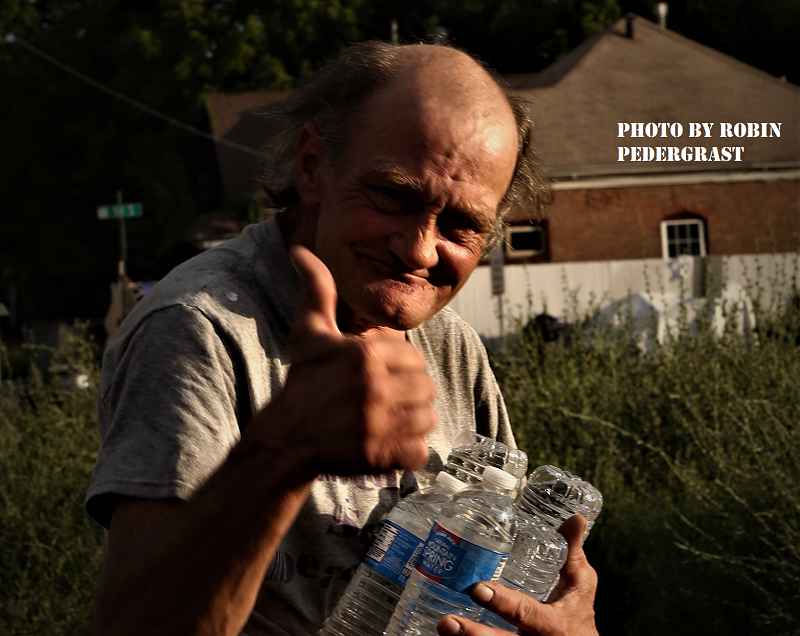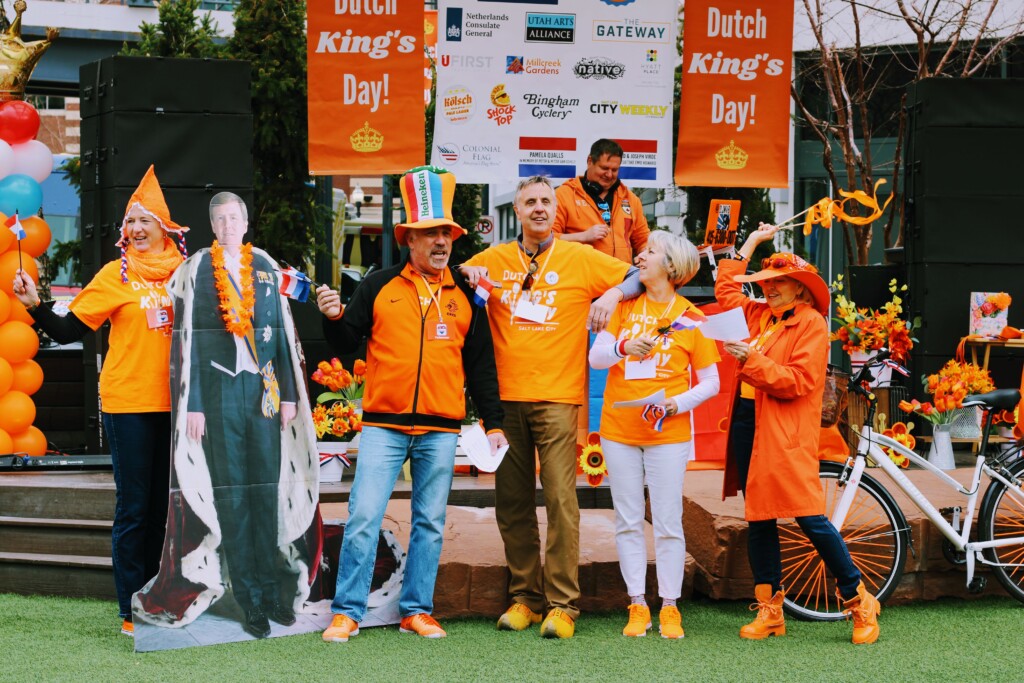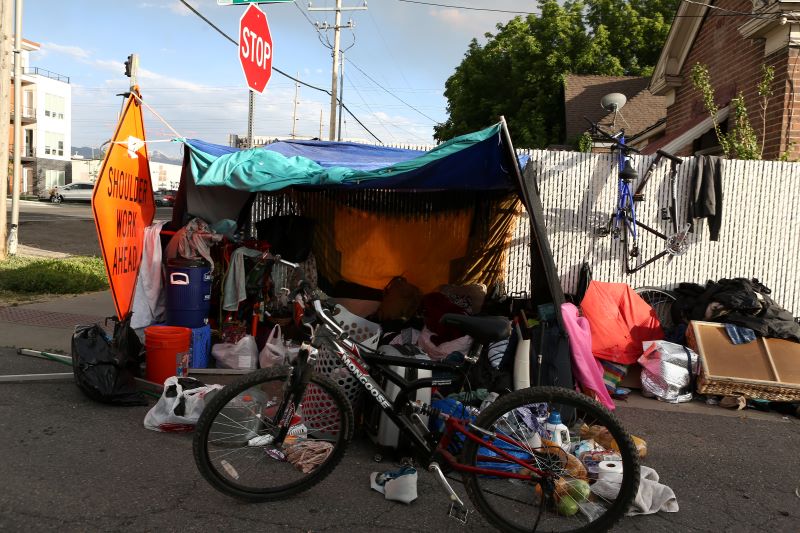
Utah’s last state legislative session allocated just $70 million toward deeply affordable housing, despite the state coffers containing a $2 billion state surplus. The affordable housing crisis is likely the most important problem younger and low-income Utahns are facing because today a growing percentage of low-income residents are priced out of the housing and rental market some of which are finding themselves homeless or living in cars or RVs.
This low allocation came as a huge disappointment to homeless advocates including the newly appointed Homeless coordinator Wayne Niederhauser, who was seeking $150 million for more “deeply affordable housing”. Instead, the state surplus will go towards mostly water projects.
Critics might assume that the State Legislature is heartless, inhumane, and aloof of the seriousness of the homeless and housing problems in Utah. But according to sources the Utah State Legislature they are pragmatic. They want to see a better ROI (return on investment) for dollars allocated to homeless services.
Former Utah State Senate President Scott Howell served on the special legislative committee for homeless services over a decade ago. He says that no matter how much money the State Legislature allocated towards assisting with homeless services, each year homeless service providers always needed more. Also, he says, that goals and objectives are often vague and accountability of funds attached to results is not a priority, and not being provided to the State Legislature, as evidenced in the homeless audit conducted last November.
Why is this? Some critics claim that there is a “homeless industrial complex” at work. That those at the top levels of homeless services are enriching themselves by maintaining high levels of homelessness and poverty and they do not actually want to solve the problems. But we have spoken to these leaders, and it seems they have the best of intentions at heart.
Under a traditional business model, the goals and objectives would be established then the achievement of those goals would be implemented on a cost and ROI analysis. Homeless advocates of course want to provide homes to the homeless, and currently, there is a three-year waiting list for homeless people who are signed up for “free housing”. But there clearly aren’t enough homes and there is no push to build them. But why?
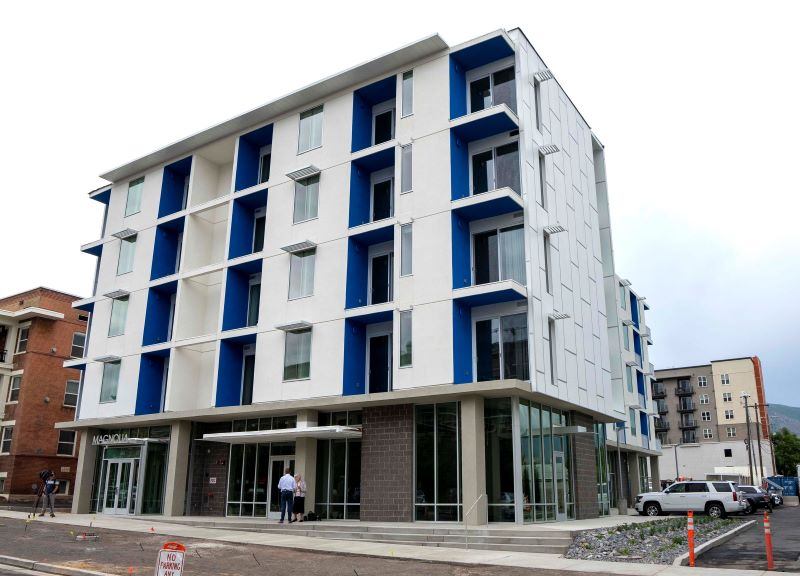
Why “Deeply Affordable” Housing Isn’t Being Built In Utah
Due to both increases in labor, materials, and real estate, the cost of providing “deeply affordable housing” has been increasing exponentially in recent years. The newest housing units, such as the Magnolia Apartments, offering quartz countertops, balconies, and an open floor plans offer far more “dignity” to those who need Housing First. But the reality is that the costs compared to the benefits to provide these housing units have become extreme.
Palmer Court, completed in 2009, construction costs were less than $1.5 million. Certainly, building costs and construction costs have increased substantially since 2009. Palmer Court provided 201 housing units for $7,500 per unit. The Magnolia Apartments cost $265,000 per unit—Certainly, things are a lot more expensive today, but Magnolia is 35 times more per unit than Palmer Court! And three times fewer units.
If the goal is to get as many homeless people off the streets and into housing as possible, how can a per-unit expenditure 35 times greater than what they were in 2009 be considered a success?
Utah’s homeless population has increased approximately six-fold in the past six years, (from 1,500 to 6,500. Considering the 600% increase in spending by the Utah State Legislature, and Salt Lake City since 2016, the cost of providing more homes to the homeless has increased far more than any adjustment for the increased cost of housing, inflation, real estate costs, and construction costs. Certainly, cheaper and more housing could have been built, but cheap wasn’t the priority. Why?
We won’t assume that this is because our leaders want to intentionally keep the supply of homes for the homeless low (risking lowering property values of the developer/politicians in Utah), but why is it proving next to impossible to pass actually “deeply affordable housing” such has been the case with the Other Side Village?
Even the most forgiving financial officer, could not view the deeply affordable housing that has been built in recent years as a success, but an abject failure. With construction costs at an all-time high; inflation at record levels, and no end in sight of finding any “cheap solutions” in Utah what could possibly be done?
Could Pre-Fabricated Housing Solve Utah’s Affordable Housing Crisis?
We pointed out in our current episode of the Utah Stories show, that there is a new company called Boxabl. They use factory assembly-line efficiency to address the current incredibly high housing construction costs in the United States. They are building 365 square foot collapsable and portable housing units, including kitchen and bathrooms for $50,000.
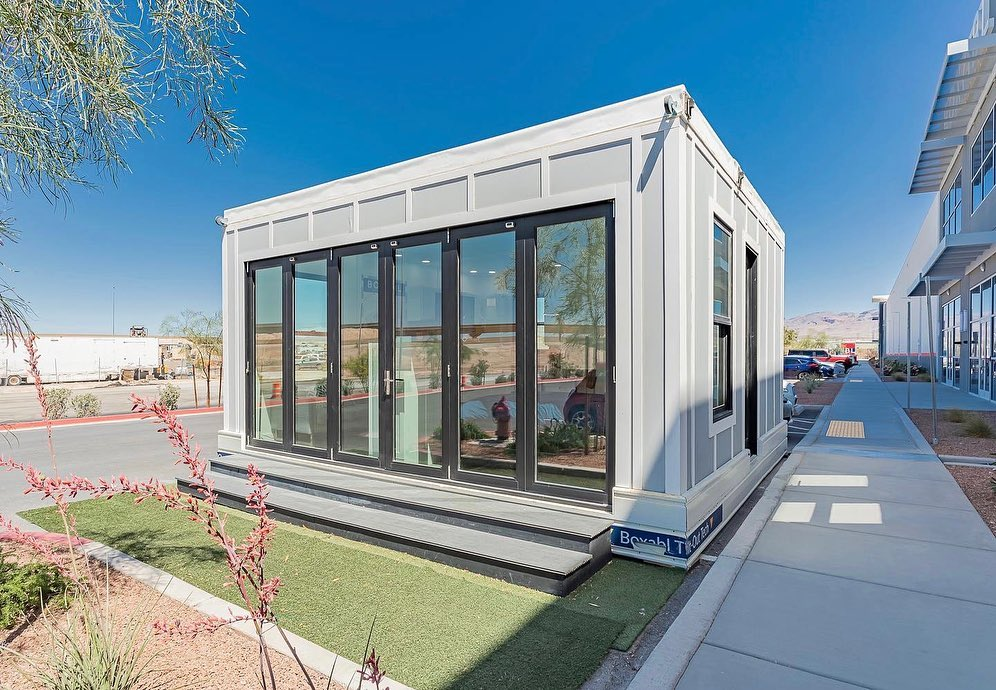
These are intended to be installed on a concrete pad with hook-ups for electricity, water, and sewer, but simpler and cheaper solutions could just be small studio apartments.
The homeless abatement conducted at the beginning of July 2022, clearly demonstrates that there is no shortage of empty fields where temporary housing units could be installed. We estimate the field at 230 South and 700 West was around 40 acres. There is another 40 acres, under the freeway at 600 South 700 West. Nobody builds in these places due to their proximity to rail lines and freeways. At least 1,000 units could be put on these 80 acres. This could be considered a temporary solution, but still, a good investment because all of these housing units could eventually be folded up and moved someplace else or sold as low-income or “deeply affordable” housing inventory increases.
The Current Cost of Keeping So Many of Utah’s Homeless Unsheltered
Currently, millions of dollars are being spent on homeless camp abatements by the Salt Lake City Police Department; Utah Department of Health as well as the uncalculated environmental costs.
Temporary or semi-permanent housing units would be a much better investment than the current millions of dollars being spent on homeless camp abatements. As New York Times photographer Robin Pendergrast said, “These abatements are inhumane. These people have nowhere else to go and we are treating them like they are sub-humans. ” It’s a disgrace to the city and its leadership.
The additional millions being spent on hand-outs from Volunteers of America and the Nomad Project, Church groups, etc on tents, sleeping bags, and clothing that often end up in dumpsters after a homeless abatement, are all being wasted.
If zoning laws were relaxed and permitted these low-income, tiny-home communities to be allowed placed in every County (at least 7,000 total), this could solve our affordable housing crisis. Very likely developers and landlords would be on board to make the $50,000 investment if they could charge $400-$500 in rent. How much could this then save taxpayers over the next ten years for every homeless person they could remove from the streets? Tens of millions.
If we included the current expenditures of the Department of Workforce Services, Shelter the Homeless, The Road Home, Volunteers of America, Salt Lake City Police Department, and the Health Department, criminal justice expenses: all of the current costs for shelters, abatements as well as the costs inflicted by downtown Salt Lake City businesses for business disruptions and clean-ups due to homelessness, this investment could pay for itself in under three years. But residents would need to embrace the idea of zoning changes for tiny home communities, supported by community gardens as the new “starter-home” model for low-income residents.
The key, of course, would be support services, especially the support provided to a person requiring that person to become a functional member of society by having a job and staying clean. Another support within a homeless camp would be a community garden, where those who are unable to hold regular jobs could still put their labor towards productivity: growing food. With these measures, Utah’s State law enforcement of our no-public-camping ordinance could be maintained with a clear conscience. This would be a far better model than our current inhumane measures of removing unsheltered people off empty land where they literally have no other place to go.
WATCH THE PODCAST
RELATED CONTENT
Did Salt Lake City Mayor Erin Mendenhall Lie to the Homeless People?
Utah Homelessness Getting Out of Control: What are the solutions?
How More Bicycle Infrastructure Could Help Solve Our Affordable Housing Crisis
Why Utah’s Developers/Politicians Do Not Want Tiny Homes
If Salt Lake City’s Homeless Had a Say in The over $20 Million Spent on Them
SUPPORT LOCAL JOURNALISM AND SUBSCRIBE TO PRINT MAGAZINE
Subscribe to Utah Stories weekly newsletter and get our stories directly to your inbox

